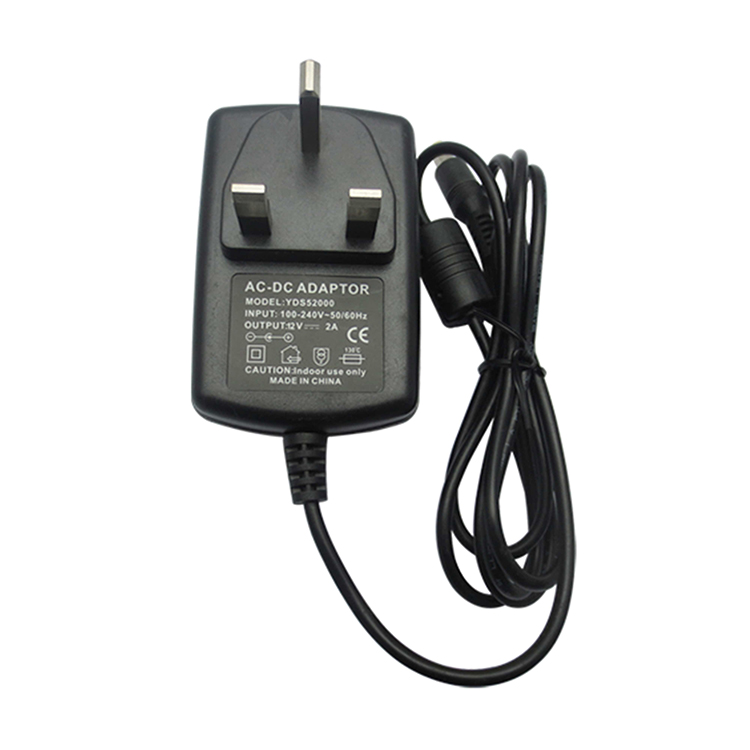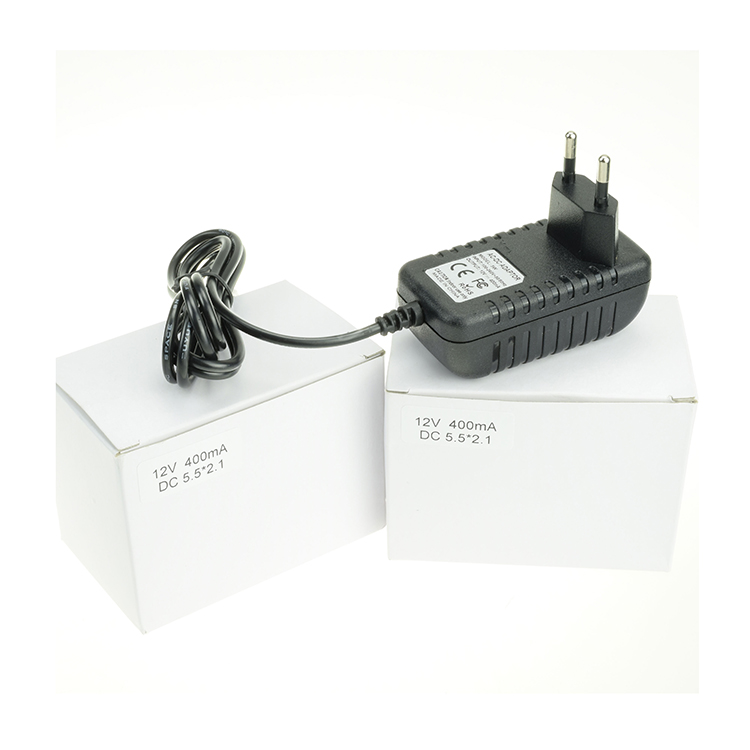The "low brightness" of the LED dragged the hind legs
“It’s memorable is the original practical door glass edge light. This kind of light is installed at the lower end of the rear window and is illuminated upwards. The purpose is to improve visibility when getting on and off at night or in the dark. But it is distressing. Yes, the light of the LED is absorbed when it passes through the glass, and it hardly touches the upper end. This requires cooperation with Nissan's automotive and glass manufacturers to develop special glass."
Although it was also considered to apply LEDs to the headlights at the time, the weakness of the "low brightness" of the LEDs dragged the hind legs.
“We started to develop LED headlamps in 2004, but we used 20 LEDs in the first prototype exhibited at the auto show. Although we found the feeling of product development, if we don’t increase the brightness, we want the product. It is still difficult."
In 2005, Shiguang Industrial, Nissan Motor Co., Ltd. and Philips LED manufacturer, Philips Lumen, jointly established the LED headlamp development project team. The goal is to develop the world's most energy-efficient products. To do this, you need to minimize the number of LEDs. To achieve the goal of universality, it is necessary to lower the price without sacrificing light distribution performance.
"Enhanced brightness can only be entrusted to LED manufacturers. Progress has been made in efforts to improve light extraction efficiency and heat dissipation. Our task is to meet the brightness requirements and to take technical measures for how to dissipate heat."
Regarding LED headlamps, Toyota's "Lexus LS600h" first adopted a projection lens type product. In view of the cost issue, it was only equipped with a premium car at the time.
Figure 4: Experiment with the egg of light
A high-intensity light source of HID (High Intensity Discharge) is used for distribution by an optical fiber, and it is assumed to be used as a light source for a plurality of illuminations.
Figure 5: LEAF LED headlamp cross-section construction
First, the optical fiber of the LED disposed on the heat sink is reflected by a single mirror, and the light is distributed by the second mirror.
On the other hand, Nissan, which lags behind other companies in the use of LED headlamps, hopes to have characteristics different from those of the first-class products. Therefore, it was decided to use two LEDs to realize the energy-saving value brought by LEDs on the electric vehicle LEAF. In addition, it was decided not to use the projection lens type that was previously dominant, but to use the light distribution method of the mirror, and also changed the appearance.
By using a mirror method, a finer light distribution can be achieved. In addition, since LEDs are not visible from the surface, consumers can also be curious about "what lights are used." However, this also increases the technical difficulty.
“Although only two LEDs are used, a heat sink for releasing heat is provided. The heat sink is a die-cast part made of aluminum alloy, and thermal simulation and shape are improved in order to minimize size and weight. The lighting circuit uses a DC-DC converter for high-precision control, reducing the output current error to less than ±5%, thus achieving a headlamp with a power consumption of only 23W, achieving the highest level of energy saving in the world, while the brightness is Above 500lm, the color temperature is 5500K".
Formed with polycarbonate
The optical system is a combination of three mirrors developed in collaboration with Valeo, France. The second mirror corresponding to the projection lens has a complicated shape for fine light distribution control. The second mirror is made of engineering plastic polycarbonate.
“We are focusing on its excellent cost advantages and the ability to directly evaporate. Due to the high surface accuracy, there is no need to apply the undercoat. It is because the LED generates less heat. Choose this material."
In addition, it is necessary to achieve extremely high reflection accuracy and positional accuracy in units of 10 μm. In order to achieve this accuracy requirement in mass production, production is also painstaking. The R&D department and the production technology department performed several simulations on the thickness and gate position of the molded product.
Village Bridge stressed that the development of the lamp benefited from the joint efforts of the whole company. "The development of this lamp was completed because of the assistance of production technicians and mass production personnel."
In addition, Nissan also hopes that the lamp looks blue, in order to give people an environmental impression. The city's optical industry has improved to meet this requirement, although only the front panel of the mirror has been changed to blue. , but the mirror after mapping looks blue too. In this way, a novel LED headlight is realized, that is, a white light is obtained by using a mirror that looks blue.
"From the blueprint of technological evolution, we will find that we have developed mirror-type LED headlamps earlier. Although the headlamps made up of two LEDs are quite advanced, we can't stop there. We have I started to carry out the next round of research and development."
“Before, one of my bosses once said, 'You can make a headlamp as long as you have a needle.†If the light source technology is further developed, you can get a high-density light source and a very precise optical system. Achieve point or line headlamps. In terms of LEDs, we hope to achieve high beam in addition to low beam, and it is estimated that one LED can be used to achieve both high beam and low beam.
Village Bridge said that the realization of dreams is always accompanied by hard sweat. The village bridge that actually experienced this seems to be ready to work hard for the next goal. (End of the article, edit: LEDxume)
Figure 6: Traditional projection lens LED headlamps
The mirror emits the light from the LED and then uses a convex lens to distribute the light.
Figure 7: LEAF headlamp unit seen from behind
A cooling fin is provided on the back of the heat sink.
12V Wall Charger is one of the normal wall plug Adapter, the output is 12V, and the normal dc plug size are 5.5*2.5mm, and 5.5*2.1mm etc . And Yidahsun can produce different plugs for choose like: EU plug, US plug, UK plug, Australia plug, Argentina plug and Brazil plug, which used in different countries.
12V wall power adapters are popularly used for LED light, LCD monitor and CCTV camera etc. Customers should buy right plug wall adapter.
Yidashun's 12V wall plug adapter is with smart IC to protect your devise with over current protection, over load protection, short circuit protection, over heat protection!



12V Wall Charger
12V Wall Charger,Acer Tablet Charger,Lenovo Tablet Charger,12V Portable Wall Charger
Shenzhen Yidashun Technology Co., Ltd. , https://www.ydsadapter.com






